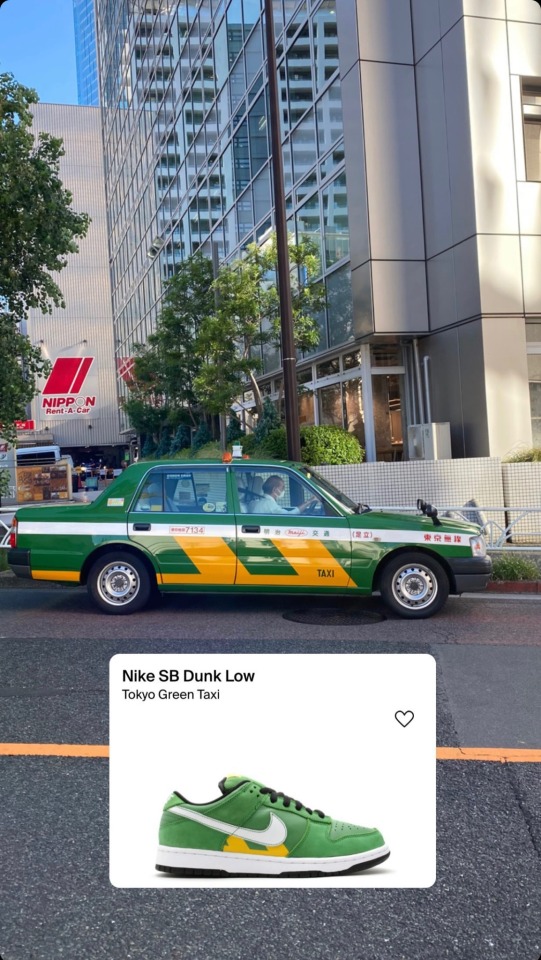#taxis
Text
Lies, damned lies, and Uber

I'm on tour with my new, nationally bestselling novel The Bezzle! Catch me TONIGHT in PHOENIX (Changing Hands, Feb 29) then Tucson (Mar 10-11), San Francisco (Mar 13), and more!

Uber lies about everything, especially money. Oh, and labour. Especially labour. And geometry. Especially geometry! But especially especially money. They constantly lie about money.
Uber are virtuosos of mendacity, but in Toronto, the company has attained a heretofore unseen hat-trick: they told a single lie that is dramatically, materially untruthful about money, labour and geometry! It's an achievement for the ages.
Here's how they did it.
For several decades, Toronto has been clobbered by the misrule of a series of far-right, clownish mayors. This was the result of former Ontario Premier Mike Harris's great gerrymander of 1998, when the city of Toronto was amalgamated with its car-dependent suburbs. This set the tone for the next quarter-century, as these outlying regions – utterly dependent on Toronto for core economic activity and massive subsidies to pay the unsustainable utility and infrastructure bills for sprawling neighborhoods of single-family homes – proceeded to gut the city they relied on.
These "conservative" mayors – the philanderer, the crackhead, the sexual predator – turned the city into a corporate playground, swapping public housing and rent controls for out-of-control real-estate speculation and trading out some of the world's best transit for total car-dependency. As part of that decay, the city rolled out the red carpet for Uber, allowing the company to put as many unlicensed taxis as they wanted on the city's streets.
Now, it's hard to overstate the dire traffic situation in Toronto. Years of neglect and underinvestment in both the roads and the transit system have left both in a state of near collapse and it's not uncommon for multiple, consecutive main arteries to shut down without notice for weeks, months, or, in a few cases, years. The proliferation of Ubers on the road – driven by desperate people trying to survive the city's cost-of-living catastrophe – has only exacerbated this problem.
Uber, of course, would dispute this. The company insists – despite all common sense and peer-reviewed research – that adding more cars to the streets alleviates traffic. This is easily disproved: there just isn't any way to swap buses, streetcars, and subways for cars. The road space needed for all those single-occupancy cars pushes everything further apart, which means we need more cars, which means more roads, which means more distance between things, and so on.
It is an undeniable fact that geometry hates cars. But geometry loathes Uber. Because Ubers have all the problems of single-occupancy vehicles, and then they have the separate problem that they just end up circling idly around the city's streets, waiting for a rider. The more Ubers there are on the road, the longer each car ends up waiting for a passenger:
https://www.sfgate.com/technology/article/Uber-Lyft-San-Francisco-pros-cons-ride-hailing-13841277.php
Anything that can't go on forever eventually stops. After years of bumbling-to-sinister municipal rule, Toronto finally reclaimed its political power and voted in a new mayor, Olivia Chow, a progressive of long tenure and great standing (I used to ring doorbells for her when she was campaigning for her city council seat). Mayor Chow announced that she was going to reclaim the city's prerogative to limit the number of Ubers on the road, ending the period of Uber's "self-regulation."
Uber, naturally, lost its shit. The company claims to be more than a (geometrically impossible) provider of convenient transportation for Torontonians, but also a provider of good jobs for working people. And to prove it, the company has promised to pay its drivers "120% of minimum wage." As I write for Ricochet, that's a whopper, even by Uber's standards:
https://ricochet.media/en/4039/uber-is-lying-again-the-company-has-no-intention-of-paying-drivers-a-living-wage
Here's the thing: Uber is only proposing to pay 120% of the minimum wage while drivers have a passenger in the vehicle. And with the number of vehicles Uber wants on the road, most drivers will be earning nothing most of the time. Factor in that unpaid time, as well as expenses for vehicles, and the average Toronto Uber driver stands to make $2.50 per hour (Canadian):
https://ridefair.ca/wp-content/uploads/2024/02/Legislated-Poverty.pdf
Now, Uber's told a lot of lies over the years. Right from the start, the company implicitly lied about what it cost to provide an Uber. For its first 12 years, Uber lost $0.41 on every dollar it brought in, lighting tens of billions in investment capital provided by the Saudi royals on fire in an effort to bankrupt rival transportation firms and disinvestment in municipal transit.
Uber then lied to retail investors about the business-case for buying its stock so that the House of Saud and other early investors could unload their stock. Uber claimed that they were on the verge of producing a self-driving car that would allow them to get rid of drivers, zero out their wage bill, and finally turn a profit. The company spent $2.5b on this, making it the most expensive Big Store in the history of cons:
https://www.theinformation.com/articles/infighting-busywork-missed-warnings-how-uber-wasted-2-5-billion-on-self-driving-cars
After years, Uber produced a "self-driving car" that could travel one half of one American mile before experiencing a potentially lethal collision. Uber quietly paid another company $400m to take this disaster off its hands:
https://www.economist.com/business/2020/12/10/why-is-uber-selling-its-autonomous-vehicle-division
The self-driving car lie was tied up in another lie – that somehow, automation could triumph over geometry. Robocabs, we were told, would travel in formations so tight that they would finally end the Red Queen's Race of more cars – more roads – more distance – more cars. That lie wormed its way into the company's IPO prospectus, which promised retail investors that profitability lay in replacing every journey – by car, cab, bike, bus, tram or train – with an Uber ride:
https://www.reuters.com/article/idUSKCN1RN2SK/
The company has been bleeding out money ever since – though you wouldn't know it by looking at its investor disclosures. Every quarter, Uber trumpets that it has finally become profitable, and every quarter, Hubert Horan dissects its balance sheets to find the accounting trick the company thought of this time. There was one quarter where Uber declared profitability by marking up the value of stock it held in Uber-like companies in other countries.
How did it get this stock? Well, Uber tried to run a business in those countries and it was such a total disaster that they had to flee the country, selling their business to a failing domestic competitor in exchange for stock in its collapsing business. Naturally, there's no market for this stock, which, in Uber-land, means you can assign any value you want to it. So that one quarter, Uber just asserted that the stock had shot up in value and voila, profit!
https://www.nakedcapitalism.com/2022/02/hubert-horan-can-uber-ever-deliver-part-twenty-nine-despite-massive-price-increases-uber-losses-top-31-billion.html
But all of those lies are as nothing to the whopper that Uber is trying to sell to Torontonians by blanketing the city in ads: the lie that by paying drivers $2.50/hour to fill the streets with more single-occupancy cars, they will turn a profit, reduce the city's traffic, and provide good jobs. Uber says it can vanquish geometry, economics and working poverty with the awesome power of narrative.
In other words, it's taking Toronto for a bunch of suckers.

If you'd like an essay-formatted version of this post to read or share, here's a link to it on pluralistic.net, my surveillance-free, ad-free, tracker-free blog:
https://pluralistic.net/2024/02/29/geometry-hates-uber/#toronto-the-gullible

Image:
Rob Sinclair (modified)
https://commons.wikimedia.org/wiki/File:Night_skyline_of_Toronto_May_2009.jpg
CC BY 2.0
https://creativecommons.org/licenses/by-sa/2.0/deed.en
#pluralistic#uber#hubert horan#fraud#toronto#geometry hates cars#urbanism#ontpoli#olivia chow#self-regulation#transport#urban planning#taxis#transit#urban theory#labor#algorithmic wage discrimination#veena dubal
901 notes
·
View notes
Text
After nearly 15 years, Uber claims it’s finally turned an annual profit. Between 2014 and 2023, the company set over $31 billion on fire in its quest to drive taxi companies out of business and build a global monopoly. It failed on both fronts, but in the meantime it built an organization that can wield significant power over transportation — and that’s exactly how it got to last week’s milestone.
Uber turned a net profit of nearly $1.9 billion in 2023, but what few of the headlines will tell you is that over $1.6 billion of it came from unrealized gains from its holdings in companies like Aurora and Didi. Basically, the value of those shares are up, so on paper it looks like Uber’s core business made a lot more money than it actually did. Whether the companies are really worth that much is another question entirely — but that doesn’t matter to Uber. At least it’s not using the much more deceptive “adjusted EBITDA” metric it spent years getting the media to treat as an accurate picture of its finances.
Don’t be fooled into thinking the supposed innovation Uber was meant to deliver is finally bearing fruit. The profit it’s reporting is purely due to exploitative business practices where the worker and consumer are squeezed to serve investors — and technology is the tool to do it. This is the moment CEO Dara Khosrowshahi has been working toward for years, and the plan he’s trying to implement to cement the company’s position should have us all concerned about the future of how we get around and how we work.
[...]
Uber didn’t become a global player in transportation because it wielded technology to more efficiently deliver services to the public. The tens of billions of dollars it lost over the past decade went into undercutting taxis on price and drawing drivers to its service — including some taxi drivers — by promising good wages, only to cut them once the competition posed by taxis had been eroded and consumers had gotten used to turning to the Uber app instead of calling or hailing a cab.
As transport analyst Hubert Horan outlined, for-hire rides are not a service that can take advantage of economies of scale like a software or logistics company, meaning just because you deliver more rides doesn’t mean the per-ride cost gets significantly cheaper. Uber actually created a less cost-efficient model because it forces drivers to use their own vehicles and buy their own insurance instead of having a fleet of similar vehicles covered by fleet insurance. Plus, it has a ton of costs your average taxi company doesn’t: a high-paid tech workforce, expensive headquarters scattered around the world, and outrageously compensated executive management like Khosrowshahi, just to name a few.
How did Uber cut costs then? By systematically going after the workers that deliver its service. More recently, it took advantage of the cost-of-living crisis to keep them on board in the same way it exploited workers left behind by the financial crisis in the years after its initial launch. Its only real innovation is finding new ways to exploit labor.
385 notes
·
View notes
Text

Gasoline rationing during wartime meant that one-third of New York’s 11,700 taxicabs ceased operations on September 21, 1942, under an order of the Office of Defense Transportation. They were stored in a parking lot with their tires removed and their bodies covered with protective grease.
Photo: Associated Press
#vintage New York#1940s#World War II#home front#gas rationing#rationing#wartime rationing#taxis#September 21#21 September#21 Sept.#Sept. 21
155 notes
·
View notes
Photo
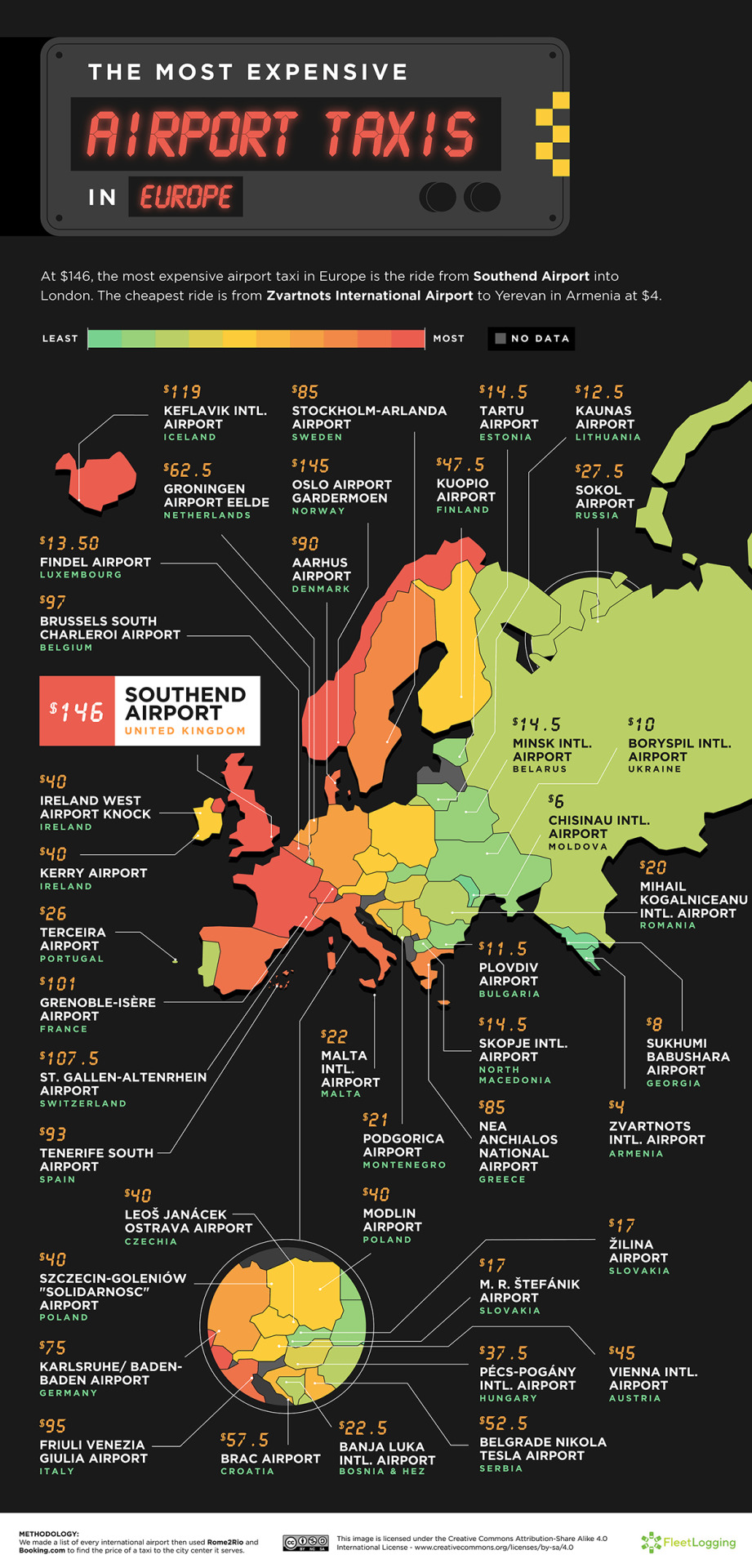
The Most Expensive Airport Taxis in Europe.
by BrilliantMaps
108 notes
·
View notes
Text
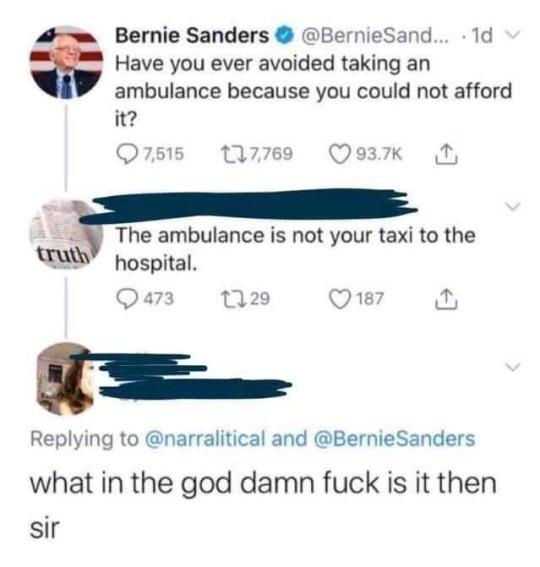
516 notes
·
View notes
Text

Santa’s Christmas gift delivery service - New York City style.
#nyc#new york city#vintage illustration#christmas#christmas season#holiday season#xmas#christmas holidays#christmas aesthetic#christmas gifts#holiday gifts#christmas shopping#new york#new york city cab drivers#new york city cabs#taxis#yellow cabs#cab drivers#santa claus#santa#checker cab
32 notes
·
View notes
Text

boston, massachusetts
1969
nightlife, tremont street
photograph by nick dewolf
https://www.flickr.com/photos/dboo/407009037
#photography#film#bw#blackandwhite#35mm#boston#massachusetts#streetphotography#night#nightlife#tremontstreet#tremont#movietheatre#saxontheatre#sidewalk#people#queue#signs#cars#taxis#1960s
11 notes
·
View notes
Photo
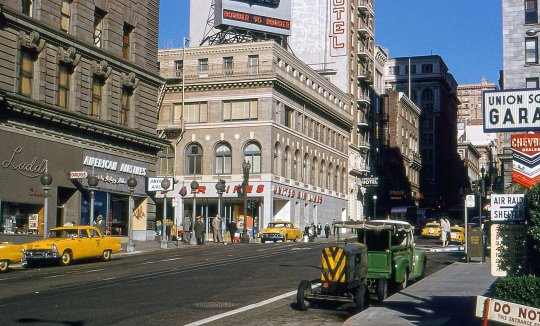
San Francisco’s Union Square, looking north up Powell Street, February 1958.
#vintage#1950s#San Francisco#California#American Airlines#United Airlines#chevron#street scene#cab#taxis
95 notes
·
View notes
Text
The Newfoundland and Labrador government is planning changes to the Highway Traffic Act, including scrapping test requirements for some drivers, to encourage ride-hailing services like Uber to operate in the province.
At a news conference Monday, Service N.L. Minister Sarah Stoodley said drivers with a Class 5 licence for passenger vehicles or light trucks will no longer need to do a written or road test to get a Class 4 licence, required to drive a taxi or for a ride-hailing service.
"This will help to ease the administrative process for both new taxi and ride-sharing drivers, and speed up the process to recruit and retain and get more drivers on the road," Stoodley said.
Full article
Tagging: @politicsofcanada
#cdnpoli#canada#canadian politics#canadian news#canadian#newfoundland and labrador#newfoundland & labrador#driving#taxis#ride-sharing#driving tests#ride hailing
11 notes
·
View notes
Text

#animated gif#animated gifs#gif#gifs#old advertisements#old ads#retro#vhs#taxi#taxis#new york#headlights#flashing
4 notes
·
View notes
Text
“Roundaldo”
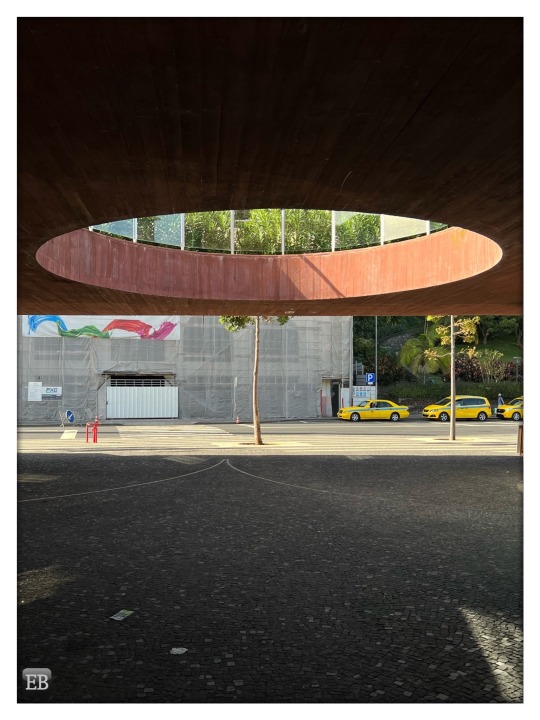
View On WordPress
#circle#coral#CR7#Cristiano Ronaldo#Funchal#Hole#hotel#Madeira#opening#Pestana CR7#Portugal#Ronaldo#round#taxis#terracotta#travel#trees#yellow
3 notes
·
View notes
Text

The taxi rank under Grand Central Terminal, 1944.
Photo: William C. Shrout for Life magazine
#vintage New York#1940s#William C. Shrout#Grand Central#taxi rank#Grand Central Station#taxis#taxi line#train station
64 notes
·
View notes
Text

Goat takes a taxi
Leslie Jones Collection
Boston Public Library
Digital Commonwealth
#goats#taxis#goats taking taxis#old timey cars#leslie jones collection#obviously before uber#boston public library#digital commonwealth
4 notes
·
View notes
